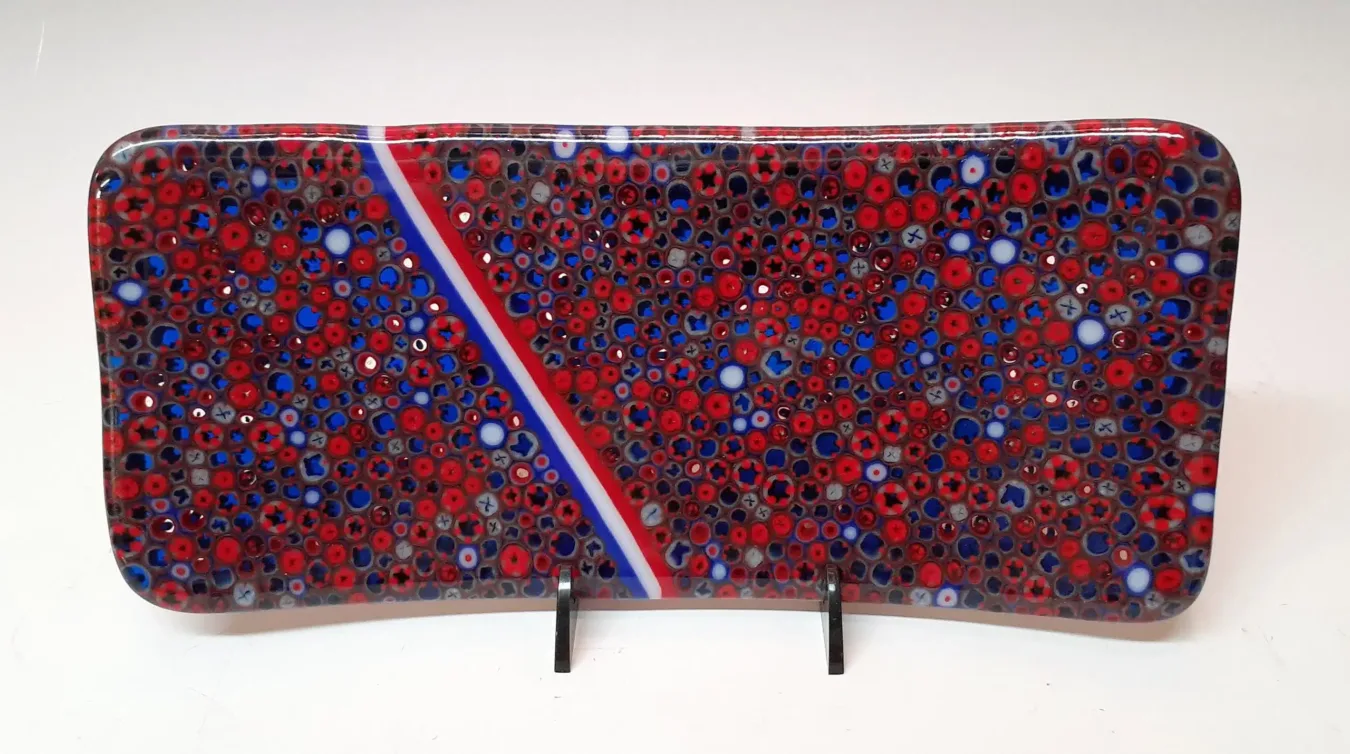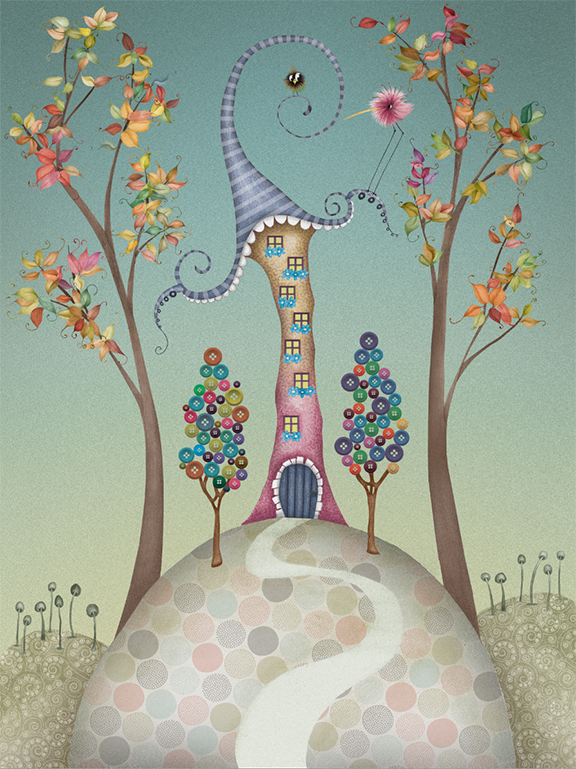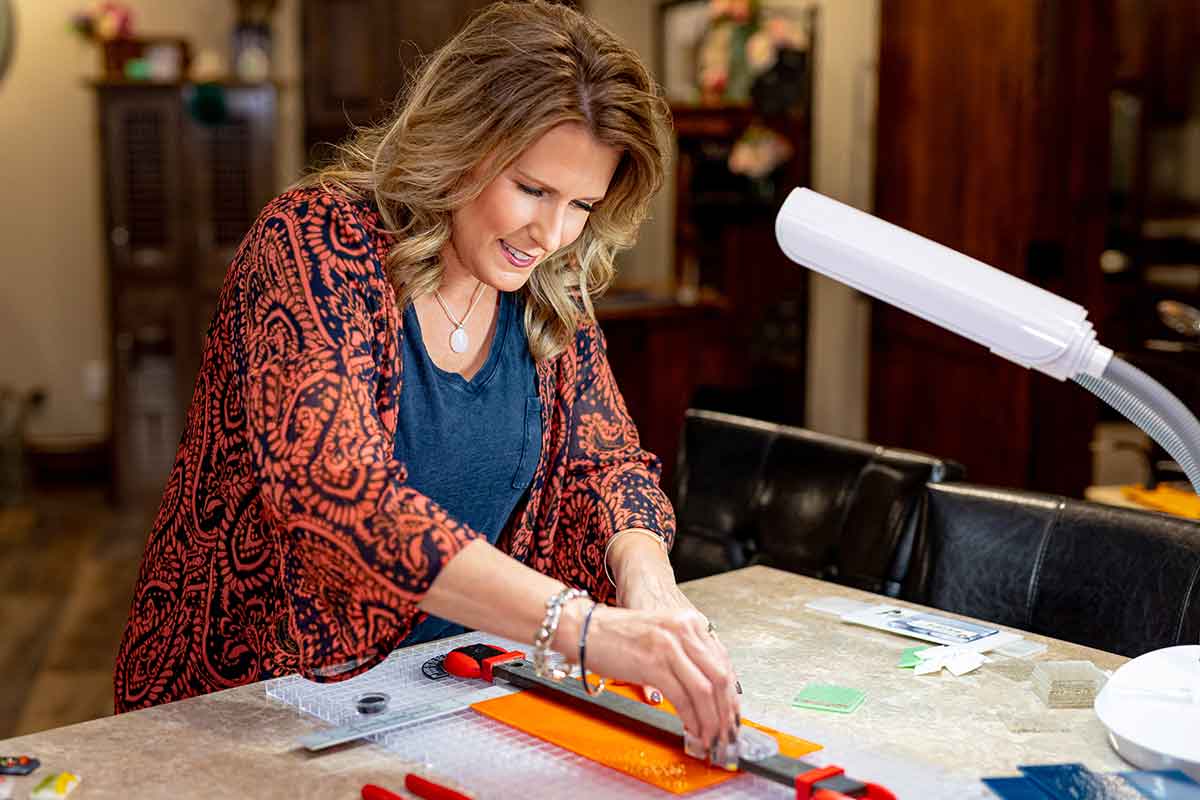Artist Debi Pickler isn’t content working in just one medium. Her art runs the gamut from hyperrealistic drawings to whimsical paintings to charming felted animals and beyond. Meet this versatile artist who is always thinking of something new.
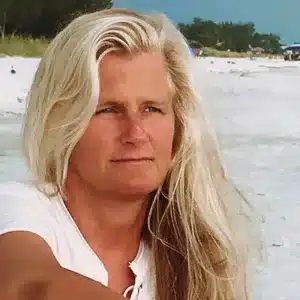
Debi Pickler knows exactly who to thank for her successful career as an artist. “My mom was a tremendously gifted artist,” Debi says, remembering her mother, Judy. “I remember watching her paint and draw when I was a little girl, wishing I could be that good at creating art.”
Inspired by her mom’s art, Debi began drawing and painting when she was in kindergarten. She became completely immersed in art, and before long had a collection of work. “I had so many drawings and paintings that I decided to have an art show in our backyard,” she remembers. “My dad worked with me to make a sign for our mailbox announcing the show, and I hung up all of my art on our back yard fence.” But before the show saw its first visitor, a sudden downpour ruined all her work. “Dad came to the rescue though and bought the whole collection for two dollars. And that was the beginning of my artistic career.”
Debi continued to develop her skills, becoming adept in a variety of different media such as pencil, oil, acrylic, watercolor, pastel, clay, wool sculpting, airbrushing, digital art, and woodworking, and steadily becoming more proficient. After earning a BFA, emphasis in illustration from University of Kansas, she ventured into the world of commercial art. Now, after more than 20 years as a designer, she has worked for many different organizations such as universities, retail/manufacturing companies, law firms, and a financial firm.
“Sometimes I think I’d like to focus on just one media, but I just wouldn’t be happy,” she says. “It’s just how my mind works. It seems like I’m always thinking about art, about new ways to do things. I’ll have dreams about creating art and I’ll wake up at 3 AM with new ideas that I just have to try. My mind just never, ever stops. I call it BOF—Brain on Fire.”
Her art runs the gamut from imaginative to realistic. “I am a versatile artist who creates artwork in many different mediums. For children’s books and The Nook world (a magical world of Debi’s creation filled with impossibly whimsical houses and creatures), I love to use graphite pencil. I love the detail, crisp and tight, I can get with pencil. Once finished, I turn my illustrations into a digital file and colorize them in photoshop. The latest book I illustrated, The Boy Who Could Only Count to Nine by Kelley Berberich was illustrated this way.”
For hyperrealistic drawings, she uses a combination of graphite and charcoal pencils. “The board I draw on is actually compressed chalk,” she says, “so I am able to create super tiny, fine lines with an X-Acto knife. I love painting with oils and watercolor and the process is the same, capturing the detail. Georgia O’Keeffe’s oils inspires me as do Joseph Fettingis’ watercolors. I am attracted to these styles of art because of their color and subject matter.”
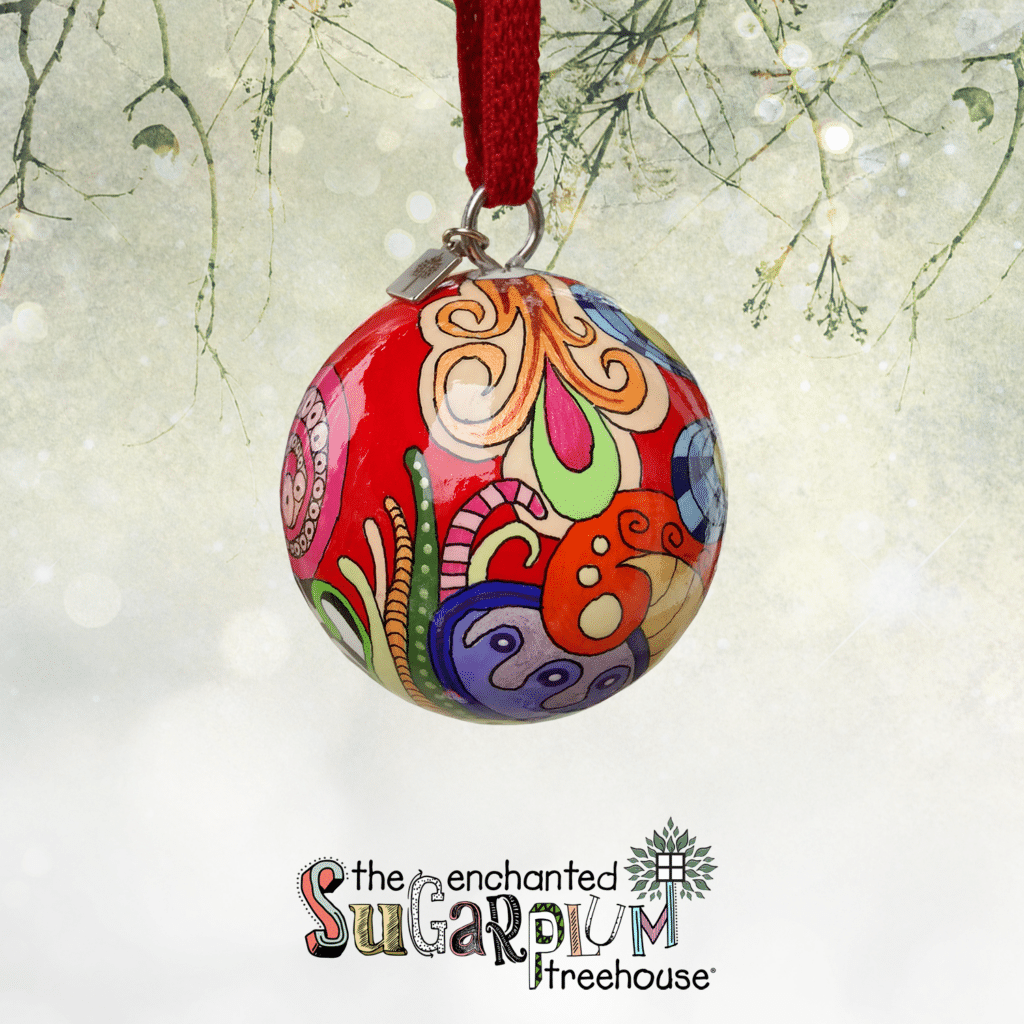
Her ornaments, she says, are a true labor of love. These started out as an heirloom for my son, but they have found their way into the story I am currently developing. “The Nook of Cubbyhollows” is home to three gnomes who spend their time in The Enchanted Sugarplum Treehouse painting these ornaments. Their mission is to spread joy throughout the land and beyond. So, these ornaments capture elements from the Nook such as the Funky Garden foliage nestled in the Valley of the Nook. Each ornament is one-of-a-kind and hand painted. One ornament takes about 12 hours as wooden balls must be sanded. Then a wooden top/bottom is added with a final sanding before priming. The priming helps keep the paint from being absorbed into the wood. A design is drawn and then they are painted, and 12 to 15 coats of UV varnish are applied to help protect the paint from chipping or fading. Each ornament is then numbered. All ornaments come with their own little card that briefly tells of The Nook story and their own box for easy storage.”
Debi’s artistic talents seem limitless, and now she has begun creating needle felt sculpted animals. “The definition of needle felting is best described as a creative craft that involves sculpting shapes using wool, special felting needles and using wire to create armatures for animals. It’s a simple yet versatile technique that allows one to create amazing creations with just a few supplies.
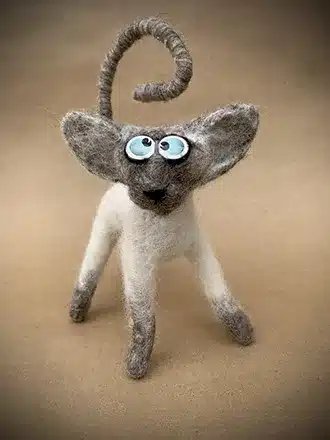
“Lastly, I am a graphic designer. I have been fortunate to work on a variety of different projects such as logos, ads, brochures, materials for marketing campaigns, tradeshow booths and packaging for international companies.”
Regardless of the media, there are common threads that run through nearly all of her work. Debi is obsessive about extremely fine detail and loves incorporating it into her work. “I like for people to be able to really look at my art, to spend time with it and be rewarded by finding some new, tiny detail that maybe no one else had noticed,” she says. “That drives me.” She also loves to create places and creatures no one has ever seen before. “I like the thought of people escaping reality for a moment, being still and getting lost in my artwork.”
That inspiration seems to be a constant for Debi, whose greatest attribute may well be that she sees the world as her canvas, a place full of art and the potential for new, more intriguing works of art. “I love to let my mind wander, taking my imagination wherever it wants to go.” she says. “Of course, it’s up to me to see what’s out there, dare to live outside the box, work extremely hard developing my talent and have the ability to share it with others.”
While Debi’s path has taken many twists and turns throughout her artistic life, she still looks back to where that path began, at a backyard art show in New Jersey, where a dad and his little girl turned a rain-out into a life. I’m fortunate in that I’ve had opportunities—professionally and personally—to work with wide range of media. I know my artistic goals and I’ve become pretty skilled at recognizing which material or materials will be the one I can do my best work on a specific project. I think there are three factors in the equation: the audience, the materials, and the artist. There’s a real skill in making the three work in harmony and add up to the best possible result.
An Artist Who Didn’t Know It • Missouri Life Magazine
Lake of the Ozarks artist creates colorful tiles • Missouri Life Magazine
Related Posts
An Artist Who Didn’t Know It
Glass artist Peggy King from Columbia creates many different items. Each is stunning in its own way. Read about her journey into the creation of art from glass and her commitment to Best of Missouri Hands.
No Rain Delay For This Missouri Artist
Missouri artist Debi Pickler began drawing and painting as a kindergartener, and had soon amassed quite a collection of work. She decided to stage an art show in her backyard. But before a single soul saw her creations, disaster struck.

